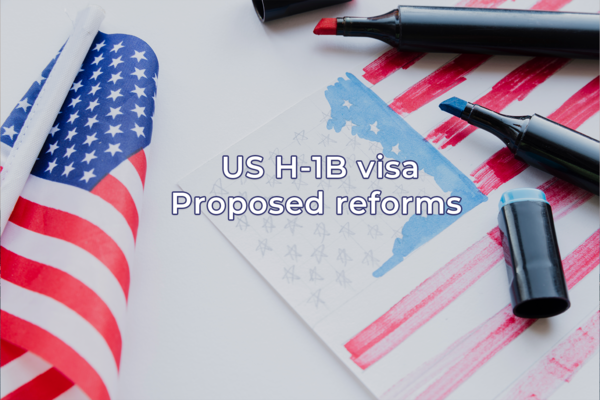Table of Contents
- Exploring Your Options for Foreign Education Loans
- Eligibility for education loans based on course and university
- Global university coverage and variability in interest rates
- Parental assistance in obtaining education loans
- Student-centric loan repayment options and the loan sanctioning process
- Selecting the best lender
Exploring Your Options for Foreign Education Loans
The appeal of studying abroad continues to fascinate many young minds in higher education. However, the rising expenses of overseas education, which are frequently expressed in dollars, offer a considerable challenge. Parents, traditionally the first source of finance, only sometimes fully support their children’s educational goals. Educational loans are increasingly addressing This financial gap, making studying abroad a viable option for students.
Eligibility for education loans based on course and university
Education-focused Non-Banking Financial Companies (NBFCs) now provide a wide range of funding options beyond traditional courses like STEM (Science, Technology, Engineering, and Math) to cover varied sectors like Aviation, Filmmaking, and Sound Engineering. These educational loans are for traditional courses and modern, skill-based programs such as Executive MBA, vocational training, and upskilling courses.

Global university coverage and variability in interest rates
These financial companies guarantee that loans are available for students studying at various colleges worldwide. This complete coverage includes tuition, lodging, travel expenditures, and other education-related expenses. The interest rates on these loans are made up of a fixed component established by the lender and a variable component due to market fluctuations, which are impacted by factors such as course selection, university, nation, and the borrower’s financial situation.
Parental assistance in obtaining education loans
Parents play an essential part in this process, from co-signing loans to assisting with collateral for secured loans. Their experience and financial backing considerably improve the loan application’s validity and trustworthiness. This relationship is critical for successfully navigating the foreign education financing landscape.
Student-centric loan repayment options and the loan sanctioning process
Students must handle their loan repayment carefully, beginning with realizing that the moratorium period is not interest-free. Other repayment alternatives include paying basic interest during the course or choosing Equated Monthly Instalments (EMIs) after graduation. The loan sanctioning process consists of a full review of the student’s profile, and disbursement is done in tranches based on the educational institution’s requirements.
Selecting the best lender
Choosing the best lender is more than just comparing interest rates. Prospective borrowers should consider loan approval speed, personalized solutions, and customer service. Preparing the relevant paperwork and remaining transparent with the lender are critical steps in achieving a smooth and trouble-free loan acquisition procedure.
In conclusion, foreign education loans have emerged as a crucial enabler for students pursuing international education. Students can efficiently manage their funds to follow their academic aspirations overseas with careful planning, comprehension of numerous components, and smart decision-making.






